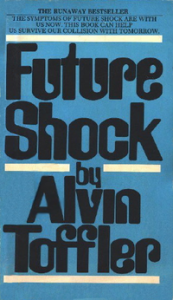 The men smoked unfiltered cigars and guzzled wine instead of sodas. They ate meatballs and sausages fried in lard with hard and soft cheeses.
The men smoked unfiltered cigars and guzzled wine instead of sodas. They ate meatballs and sausages fried in lard with hard and soft cheeses.
No concept of the Mediterranean Diet here.
They ranged in age from 55-64. Many of them toiled in slate quarries where illness from exposure to gases and dust was expected.
But not these guys. For them, heart disease was nearly non-existent. They remained happy and healthy, though statistically considered a high-risk group.
 It was 1961. What was going on in this little town of Roseto Pennsylvania? Crime was rare. Applications for public assistance were few and far between.[i]
It was 1961. What was going on in this little town of Roseto Pennsylvania? Crime was rare. Applications for public assistance were few and far between.[i]
What was the secret to their security, health, and longevity?Continue reading













